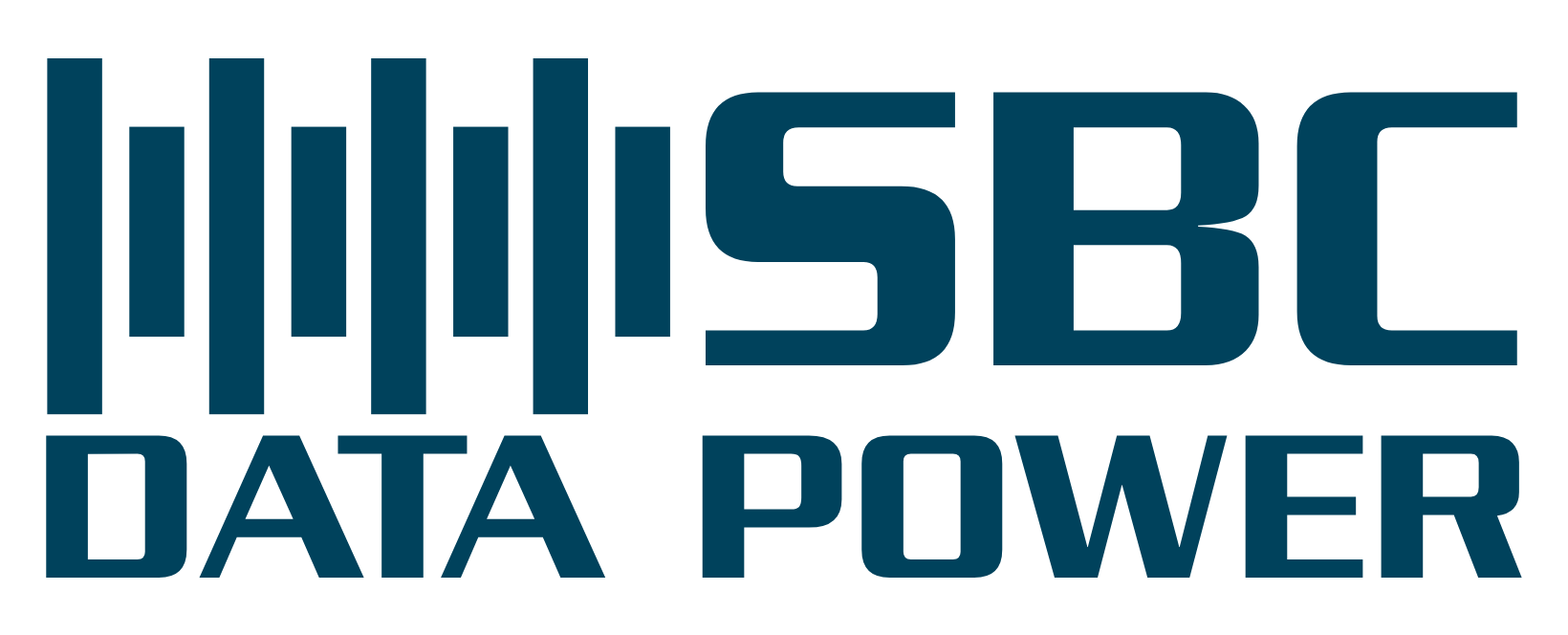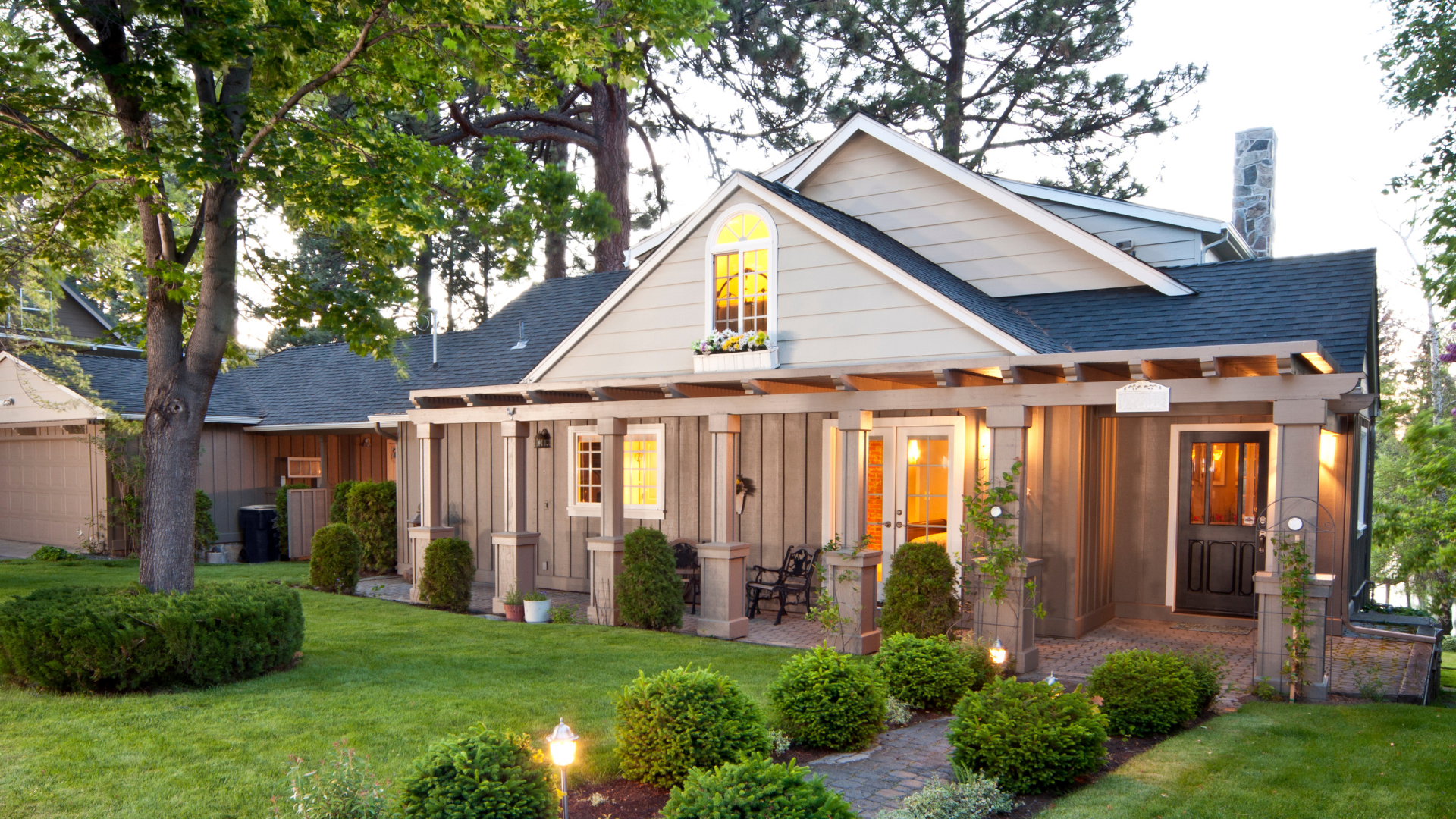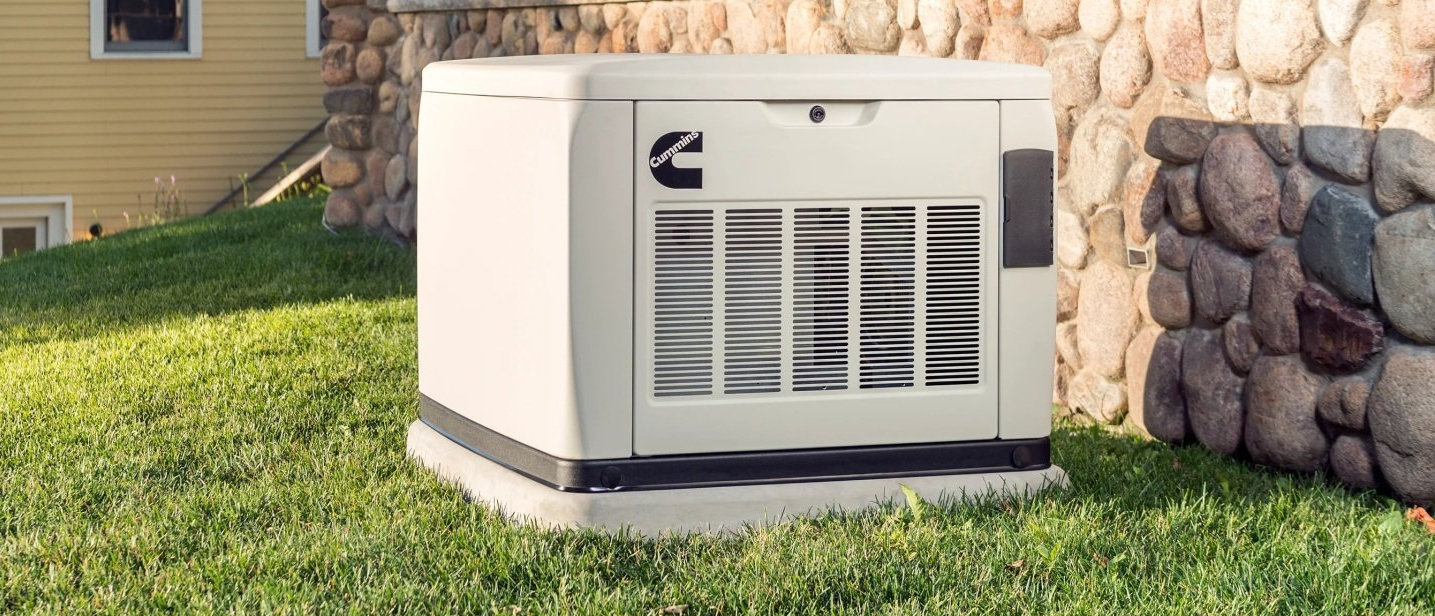How to Connect a Portable Generator to Your Home
A Comprehensive Guide

Investing in an emergency generator is a smart way to protect your family from unexpected power outages. However, knowing how to properly connect your generator to your home is crucial for safety and efficiency. There are two primary methods for connecting a portable gas generator to your home: using extension cords or a transfer switch to power your circuit panel.
Extension Cords vs. Transfer Switches
The choice between using extension cords and a transfer switch boils down to convenience and safety. Here’s a breakdown of both methods and their uses:
Connecting a Portable Generator to Your Home
Before connecting your generator, always consult the owner’s manual for detailed instructions and safety guidelines. Never plug a generator directly into a wall socket (known as backfeeding), as this is extremely dangerous. If you opt for a transfer switch, ensure it is installed by a professional.
Using Extension and Gen-Cords
- Follow the generator pre-start checklist.
- Move the generator outside (at least 10 feet away from any openings).
- Connect the generator to indoor appliances by either:
- Running a single gen cord from the generator and connecting multiple appliances, or
- Running several extension cords from outside to connect to appliances.
- Start the generator.
Using Transfer Switches
- Connect the generator to the transfer switch using a gen cord.
- Start the generator outside.
- Flip the main breakers in the transfer switch from “Line” to “Generator” power.
- Turn on the circuits you want to power one at a time.
Choosing the Right Connection Method
Extension Cords
Using extension cords is the cheapest option. However, they limit the full power potential of a large generator and can be hazardous, especially during a storm. Using the wrong gauge, length, or a worn-out wire can pose serious shock and fire hazards. Extension cords are suitable if you have an inverter and only need to power a few appliances, like a refrigerator and some lights.
Generator Cords
For mid-sized generators, a gen cord is a safer and more efficient option. You plug the gen cord into the 20- or 30-amp outlet on your generator. The opposite end splits into several household outlets, allowing you to connect additional extension cords safely indoors.
Power Transfer Systems
The best option for power, safety, and convenience when using a large portable generator is a power transfer system. These systems include everything you need to connect your generator to your home safely. More importantly, they energize entire circuits instead of individual appliances, allowing you to power hard-wired appliances like air conditioners, furnaces, security systems, and lights.
Conclusion
Properly connecting your portable generator to your home ensures safety and maximizes the efficiency of your generator. Whether you choose to use extension cords or invest in a transfer switch, understanding the pros and cons of each method will help you make an informed decision.
By following these guidelines and prioritizing safety, you can be well-prepared for any power outage and ensure your family remains comfortable and secure.
